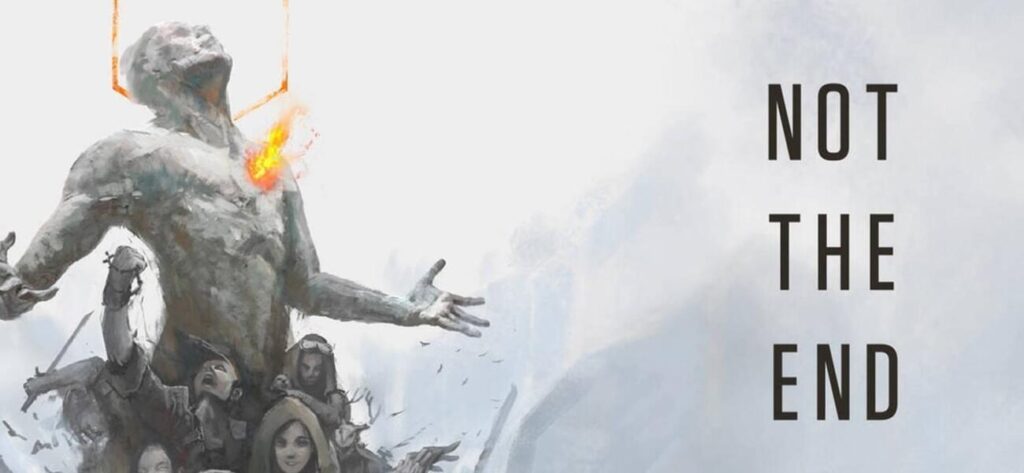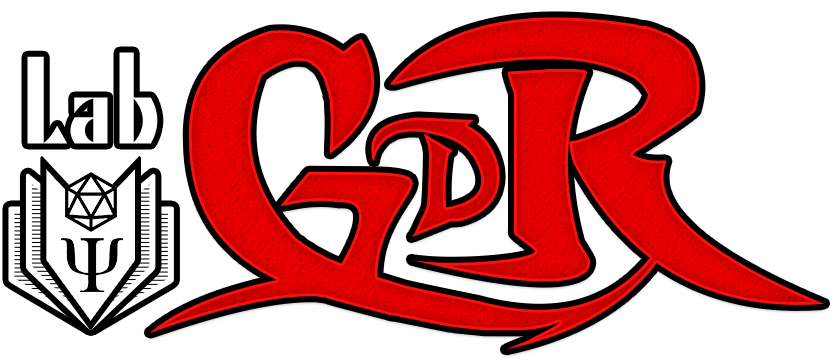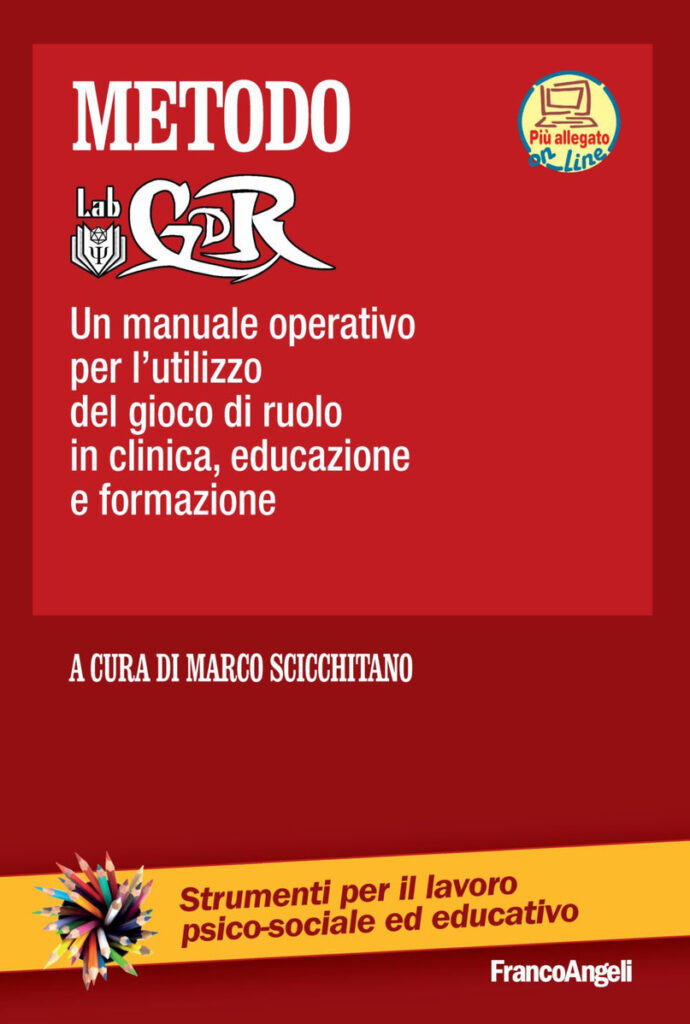
Thanks to the initiative of Il Salotto di Giano masters Eugenio Nuzzo and Michele Corradini, we played Not The End, a Fumble RPG.
The in-house training was attended by all the Labgdr operating psychologists and a few guests, which allowed us to have two active tables on the same evening.
Compared to our intention of posting some quick comments on the day immediately following the training, more time has passed this time due to tight schedules and projects to be followed closely, and we share our simple impressions when the experiences and feelings derived from the evening have settled down and even sprouted a proposition….but let’s take it slow.
The evening was beautifully handled by the two masters who, after a brief introduction to the game system and essential features, divided the 9 players into two groups and we started playing immediately.
It must be said that the impact was immediately engaging and challenging. The character configuration system is based on a principle of creation by budding of traits and characteristics from an original core that the player ascribes to his or her character and from which he or she elicits by increasing complexity contiguous and coherent traits and possible consequent actions that emerge spontaneously from the previous outline of profiling. The whole thing is governed by creative semantic stimuli that become a good articulated structure on which to draw the character, and the feeling is like that of dressing a mannequin by having to choose which clothes to put on it by picking them up from a counter in which they are all mixed….a good feeling. We’re a bit like that when we have to create, in our brains ideas get mixed up and confused and sometimes it’s hard to make order and structure something new. Therefore essential outlines of creative structure that support the path of pg creation become essential, and we must say that we psychologists liked the one chosen by the authors very much.
Mechanics captures a fundamental aspect of modern personological psychology, which states that human behavior is supported, organized and directed by motivation. It is not only hedonistic or “unconscious” aspects that give the impetus for action but also the value aspects and the network of interpersonal relationships that give meaning and strength to human action.
Although not explicitly, the HexSys system, knows how to enhance this fundamental theme and make it a central plank of the initial creative process as well as of the interpretive lines with which to play one’s character. The classic card with defined skills and quantitative values is replaced by a system that, even graphically with the hexagonal structure to be filled with verbal, “qualitative” information, gives the representation of the character a narrative density that makes it manipulable and playable in a most enjoyable way by those who prefer a narrated and personologically refined game to dice thrown at every turn to knock out opponents and try out their own skillful combinations of abilities, characteristics and modified weapons.
The creation of the setting was also a fantastic experience for us, which led us perhaps thanks in part to the skill of the master or the willingness of the group to create from an original narrative element, the phrase: “and like every night, a submerged nightmare” at once fascinating, inspiring, poetic and qualifying that left us surprised by our own creation.
In two hours of play we managed to complete the adventure although we are sure that with more time we could have delved more deeply into the evolutions of the characters.
Other aspects that seemed significant to us
– Simple, it can be done with everyone, even non-gdr experts.
– The construction of characters can be guided by an understanding of one’s own psychological functioning and then carried out from one’s own perceived real characteristics and as such aids self-awareness.
– Personal traits are all “usable,” both positive and negative. In fact, negative traits can have, in some cases, a positive valence, and based on the experience in the game they can then become in effect traits utlized to manage the story and continue to have fun. This makes one think about how sometimes aspects of ourselves and our personality reputed by us or others to be negative can later turn out to be great qualities in certain experiences (good for enhancing oneself, for defining one’s identity).
– you are expected to talk a lot, collaborate not only strategically but also creatively, witness the creation of the other characters and their interpretation realizing a shared mirroring effect that can greatly help develop your own and others’ mental representations.
– Storytelling gives a lot of room for player creativity because the system that determines success or failure of ventures is mediated by tokens but only indicates the direction the action takes but it is then the player himself who has to actually mentally shape the outcome of his action by narrating his adventure (narrative skill development).
From what we wrote, you can tell that we were stimulated a lot, so much so that we decided to plan a project for adults that will start in mid-September and will aim to achieve personal growth goals using the game Not The End.
In fact, it is only the beginning ![]()

